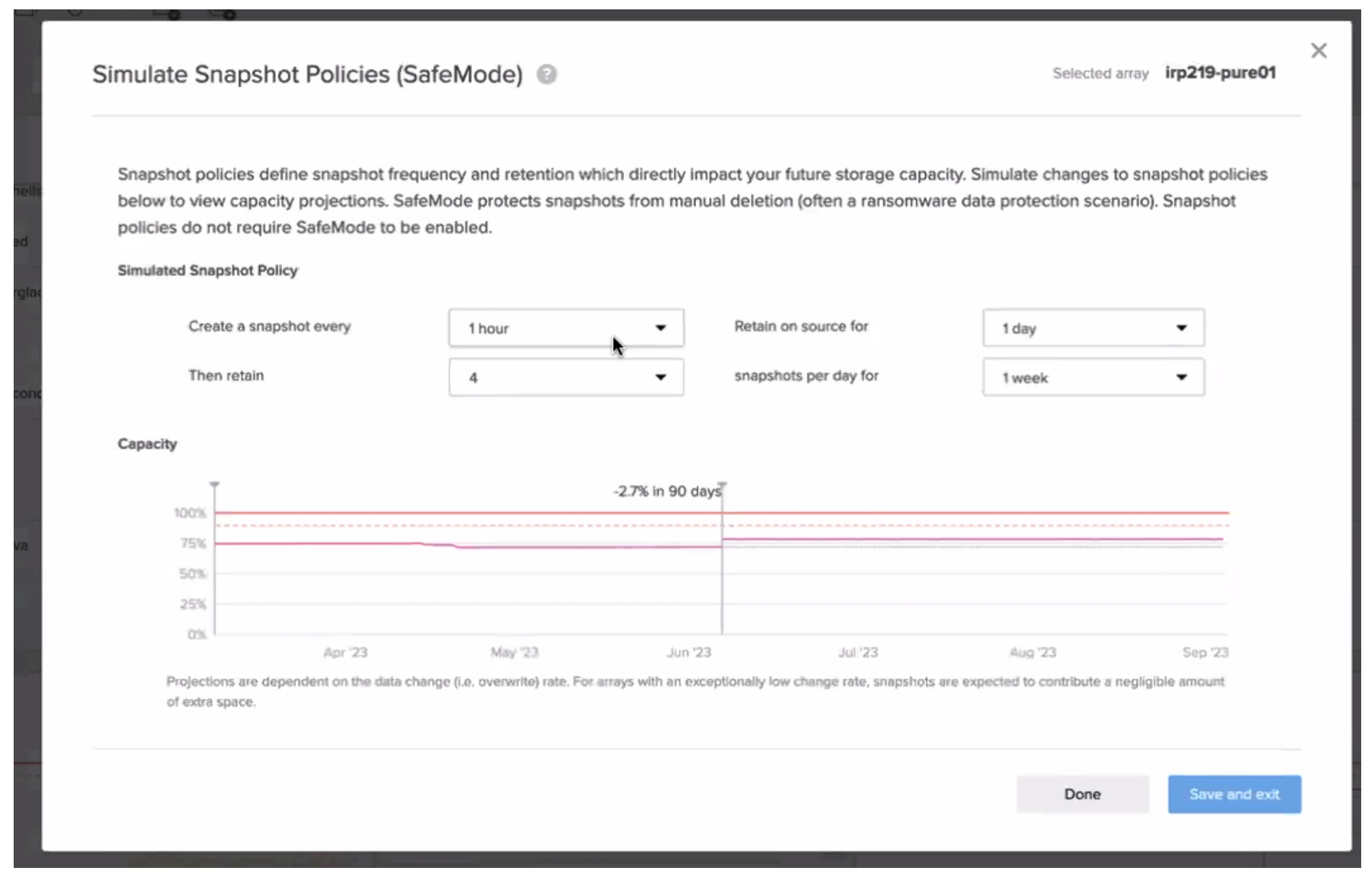 IT infrastructure is slowly realizing that the manufacturing folks might have been on to something when they started using machines instead of crafting everything by hand.
IT infrastructure is slowly realizing that the manufacturing folks might have been on to something when they started using machines instead of crafting everything by hand.
It turns out that you can make a lot more pins, toasters, washing machines, and cars if you standardize the parts and automate their manufacture. Making more things faster also requires the standard parts to be made to a higher quality, because while you can fix 3 mistakes by hand in a day, you can’t fix 10,000 mistakes an hour by hand.
Modern cloud-like infrastructures are constantly building and rebuilding themselves. A new discipline has arisen to help manage this IT factory, often called Site Reliability Engineering or DevOps. It is tasked with the operational challenge of deploying the right kinds of machines that are used to build the containers and virtual machines used to drive modern applications.
This automation means humans no longer need to trudge along as slaves to the machine, filling their days with endless, boring toil. We’ve already seen this transition once, in the move from dozens of big-iron bare metal servers to hundreds or thousands of virtual machines. With containers, thousands become tens or hundreds of thousands of moving parts to coordinate and manage.
Systems designed to work in the big-iron era aren’t optimized for working at this kind of scale, where things are constantly changing. Working in this way requires an IT factory filled with a new kind of machinery.
Standards for Scale
This machinery was once hand-crafted by specific providers, the hyperscalers and the public clouds, because their needs were at the cutting edge of this new way of working. As with many other technologies, others saw the benefits of the operational approach and they adopted the same working methods. That meant adding new tools to their existing bag of tricks.
While the early adopters of the new methods had to make their own tools—no one had needed them before—with a certain critical mass of people working in this new way, there was enough reason for toolmakers to simply add these new tools to the ones they already made.
The operational complexity of operating at the scale of containers has required rethinking core operating principles. Something as simple as giving pet names to specific servers gave way to serial numbers and tags as pets became cattle.
Infrastructure vendors had no choice but to embrace the new infrastructure-as-code approach pioneered by the public cloud or they risked becoming irrelevant. REST APIs are becoming the standard way to operate infrastructure as organizations demand the same cloud-like experience from their traditional vendors as they have come to expect from the public cloud.
While we’re still in the middle of this transition, there is no reason to think it won’t continue if not accelerate. The new ways of working involved are just too compelling for businesses looking for speed and adaptability in a world obsessed with change.
Pure Standard
Pure Storage has embraced this approach to operations by going one better than providing APIs to its infrastructure. By running a common software platform across all of its products—from physical FlashArray and FlashBlade to Cloud Block Store—the operation of Pure’s products is the same everywhere.
Instead of having customized ways of operating specific product lines, all of Pure’s products follow the same standard approach. Using Pure Storage for file feels very similar to using it for block, particularly from the automation and orchestration perspective required to operate a modern IT factory at scale.
Pure is doing the hard work on customers’ behalf to build products that plug into existing cloud-style mechanisms. Their engineers build interfaces to popular automation and orchestration tools so that customers don’t have to invest huge effort in hand-crafting their own.
Early Days
We’re still in the early stages of this latest evolution of IT automation, so there are challenges ahead in deciding on which abstractions and metaphors are the most useful. There will be competing versions, just as with Betamax and VHS, and ultimately the winner may not be the most technically brilliant, but the one that provides the most value to the most people.
And the value of infrastructure comes from using it to run your business. It is the operating of infrastructure—not building it—that matters most in the cloud-style IT future we’re building.




